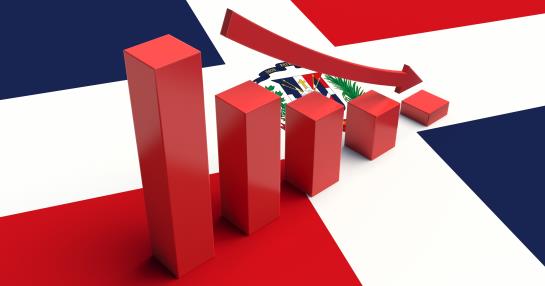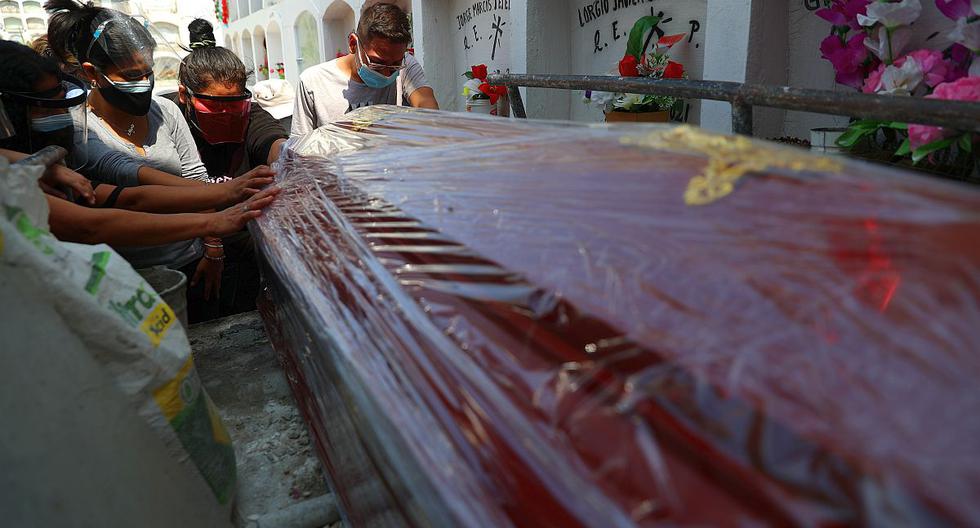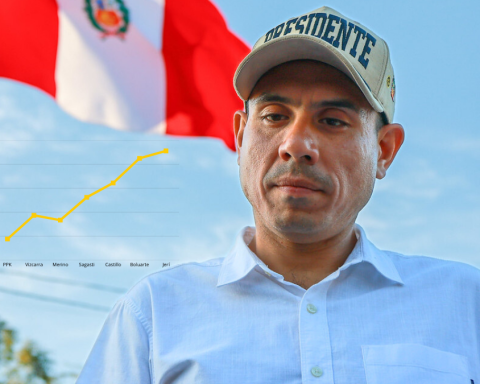As the government anticipated, official data records that the public debt consolidated decreased at the end of 2021 with respect to gross domestic product (GDP), falling from 69.1% in 2020 to 62.7%.
However, in figures, according to data published last week by the General Directorate of Public Credit, the consolidated debt -which includes the indebtedness of the non-financial public sector and, in addition, that of the Central Bank- closed at US$59,201.6 million, its highest historical value, although it represents less in terms of percentage of the GDP. In 2020, that debt closed at US$54,469.3 million.
At the beginning of last January, the Minister of the Economy, Miguel Ceara Hatton, explained during a press conference at the National Palace that the growth of the GDP has found a reduction in the fiscal deficit in 2021.
In this activity, the president Luis Abinader also explained that the Dominican currency appreciated in 2021. “Which will allow the debt of the consolidated public sector, along with growth, to drop from a percentage of 69.5 percent of the GDP in December 2020 to approximately 63 percent by December of this year, which is what the numbers project,” he specified.

2021 closed with a year-on-year growth of GDP real of 12.3%, reported the Central Bank. In 2020, there was a decrease of -6.7% as a result of the economic crisis brought about by the COVID-19 pandemic.
Refering to external debt On a consolidated basis, the country already owes more than US$34.28 billion, representing 58% of the public debt consolidated.
As of December 31, 2021, the balance of the external debt and internal of the non-financial public sector (SPNF), which includes the central government, totaled US$47,674.1 million, representing 50.5% of the GDP Estimate.
The NFPS debt balance is made up of 69.9% by external debtand the remaining 30.1% to domestic debt.
Public Credit reported that, of the total domestic debt, about US$2,316.4 million (2.5% of the GDP) correspond to intergovernmental debt of bonds issued by the Central Government for the recapitalization of the Central Bank. Intergovernmental debt is contracted by one government institution with another.
Bondholders remain the main creditors of the country, with the State accumulating commitments with them for more than US$24,906.2 million. In second place are the bonds issued by the Ministry of Finance, followed by the debt with the Inter-American Development Bank.

















